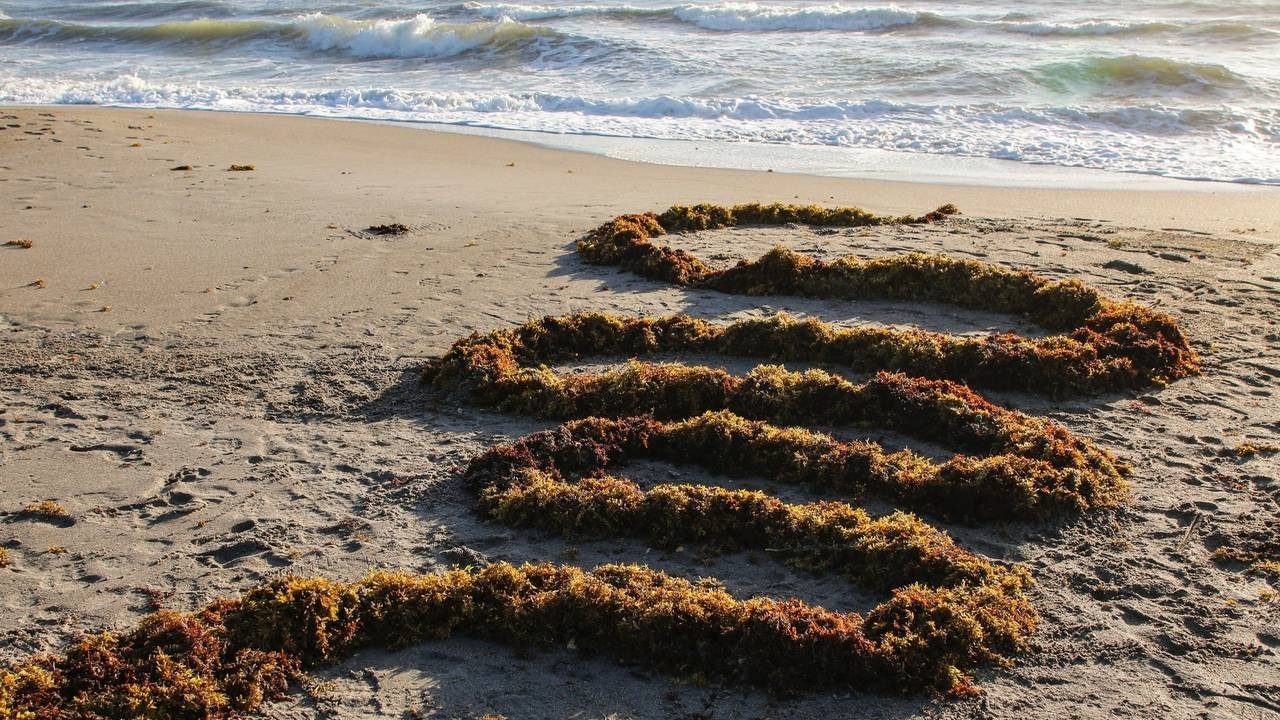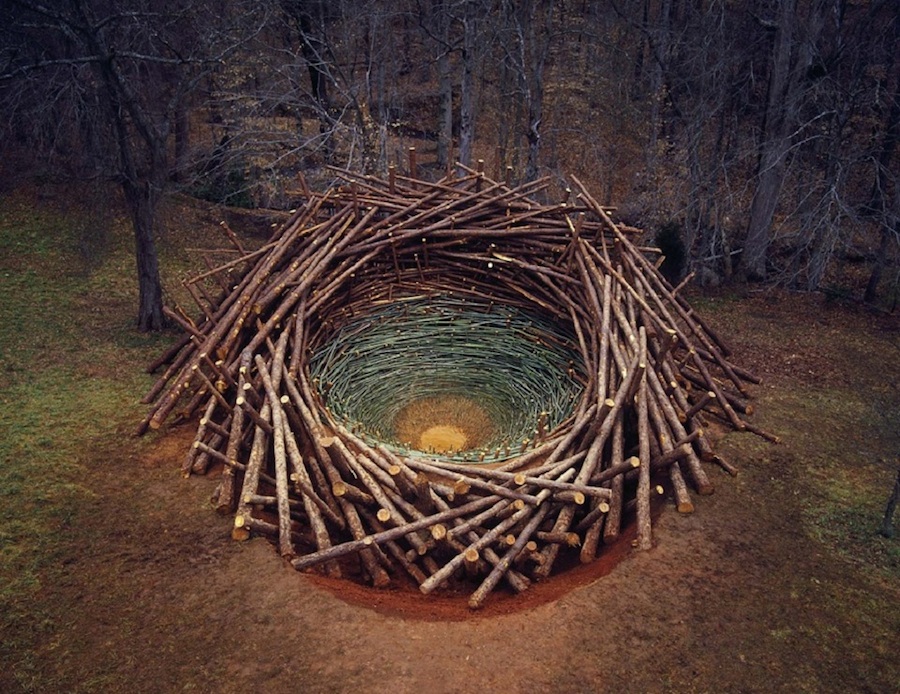Collaborate with Nature through Land Art

“Art is born of the observation and investigation of nature” – Cicero
The environmental art movement emerged in the 1960s and 1970s alongside increasing citizen awareness of environmental issues as well as the human impact on the environment.
During these times, many artists were looking for ways to showcase the human connection to the natural world. There are a variety of reasons why artists choose to engage in land art such as the desire to draw attention to environmental issues, work in harmony with nature, or challenge the traditional concept of art production.
What is land art?
Although art has depicted natural scenes for centuries, land art is unique in the way that the art piece is nature itself.
Unlike traditional art pieces which utilize paints, varnishes, metals, plastics, and other man-made materials that have the potential to harm the environment and human health, land art does not have a negative environmental impact.
Land art uses materials that are found in the natural environment such as rocks, leaves, flowers, soil, snow, and ice. The use of natural materials can mean that the art is not necessarily meant to be permanent.
The passage of time allows for the art to be washed away in a rainstorm, unravel on its own, decay, and be swept away by the wind. The ephemeral nature of this art carries its own beauty.
Instead of leaving behind environmental damage, the materials are simply returned to nature, but the impressions on our souls are lasting.
Notable land-artists
Over the years, environmental artists have showcased the many different approaches to land art. Nils-Udo, one of the first well-known environmental artists in the 1970s, celebrates the beauty of nature by arranging natural materials into ethereal scenes in the locations in which the materials are found.
Land art pieces of his include tree hollows filled with shockingly red berries, flower petals floating on the surface of a pond, and twigs and branches arranged into structures reminiscent of a nest or portal.

By Nils-Udo. Image sourced from: Fubiz.net
Andy Goldsworthy is an artist who creates site-specific installations with the use of natural materials.
His artwork, such as the outline of his body on a pebble beach after a light rain, emphasizes the importance of understanding life and the fact that some things aren’t made to last.
Andy Goldsworthy has stated that he views his works as collaborations with nature. He is careful to document the location of his artwork before, during, and after his sculpture is created in order to showcase the construction and subsequent destruction of his temporary installations.

By Andy Goldsworthy. Image sourced from: Experimental Theology
Instead of using materials to create art, it is also possible to find art within nature itself. Yann Arthus-Bertrand is a photographer who is known for capturing aerial photographs of the earth.
From his perspective, art already exists within the environment and does not need to be created by humans. Aerial photographs depicting multicoloured agricultural lands in Morocco and icebergs in Antarctica are stunning on their own without human intervention.
Land art allows the environment to be manipulated or captured in a way that enhances the beauty and patterns that naturally occur in nature. Creating a land art installation encourages connection between the artist and the environment, as the act of creation requires a high degree of awareness and contact with nature. It does not, however, require certain skills or precision, as land art is a result of one’s interaction with nature and may be expressed in a multitude of ways.
How you can take action:
Create your own land art!
- View some examples of nature art in order to spark your creativity and get some ideas flowing. Venture outdoors, without any supplies or materials, to an area where you have access to many elements of nature which can be featured in your art.
- Use your senses to assess the materials around you. Feel the blades of grass and tree leaves, while viewing the bright colours of your surroundings.
- Let yourself be inspired by what you see and collect materials that speak to you.
- Put your creativity to work and arrange your materials in any way that you see fit in order to create your own nature art sculpture.
- If you feel inclined, take a photograph of your creation. You may also revisit the site of your art and take note of how it unravels and changes over time.

Here are some land art resources for you to be inspired by:
Stay connected with news and updates!
Join my mailing list to receive the latest news and updates. Your information will not be shared.

